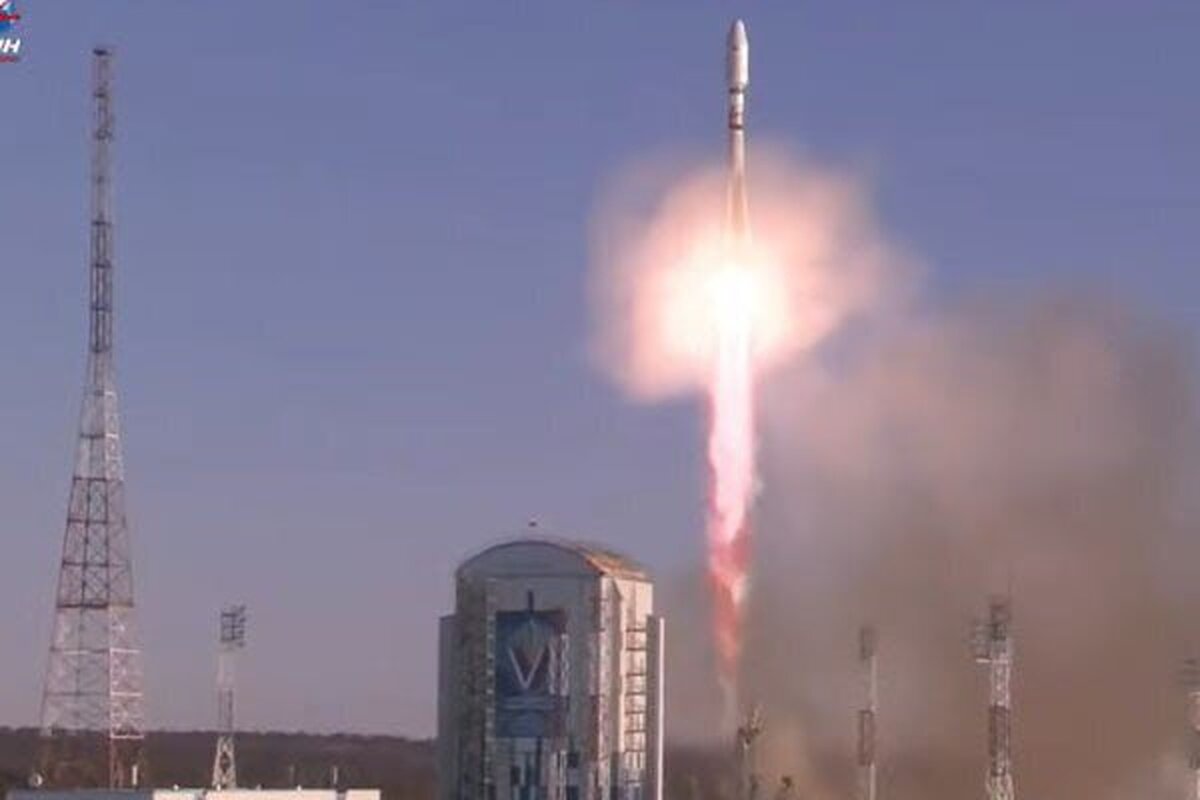
Launch of Four Satellites Planned
EghtesadOnline: Iran will launch four satellites in the next fiscal year (starting March 20, 2010), Iran Space Agency chief announced.
Morteza Barari also told Tasnim News Agency that Iran will launch two remote sensing and two communications satellites, Financial Tribune reported.
Iranian authorities rarely introduce a precise launch window, so the same narrative rolled about the so-called impending plan to put the satellite dubbed Zafar1 into orbit.
Jamal Hadian, the top public relations officer of Telecoms Ministry, tweeted on Saturday that the countdown for Zafar’s launch has started.
Hossein Dalirian, an Iranian journalist covering defense issues, earlier wrote on Twitter, “The Defense Ministry will put satellite Zafar into orbit in the coming days. Simorgh SLV will carry the satellite.”
In an interview with ISNA, the ISA chief earlier confirmed that Simorgh SLV will put Zafar1 into orbit. He added that the satellite launch will be operated and monitored by three stations in Charmshahr (Tehran Province), Mahdasht (Alborz Province) and Qeshm Island (Strait of Hormuz).
The SLV, also called Safir2, is an Iranian small-capacity orbital carrier rocket, which was originally scheduled to make its maiden flight in 2010. The project was unveiled by then-president, Mahmoud Ahmadinejad, in February 2010.
Zafar1 is a 90-kilogram remote-sensing satellite equipped with color cameras, which could be used for surveying oil reserves, mines, jungles and natural disasters. If the launch is successful, it will orbit the earth at an altitude of 530 kilometers.
Previous Efforts
Iran had successfully launched a remote-sensing satellite, Navid, in 2012. The experimental Earth observation satellite was developed by Iran University of Science and Technology researchers.
The satellite, which took high-resolution images of Earth, could be used for observing natural phenomena.
It was placed into orbit by Iran-made Safir carrier rocket on Feb. 3, 2012. After flying 250 kilometers above the Earth for almost two months, Navid reentered the atmosphere on April 1, 2012.
Barari said, “Last year, we tried to put the satellite Payam into orbit, 500 kilometers above the Earth’s surface. However, due to some complications, including a sharp surge in temperature [during the launch], the mission did not succeed.”
He noted that another satellite, Dousti, was also launched in the last Iranian year (March 2018-19) without success.
However, Barari believes that every step Iran takes toward developing space technologies will provide local scientists with invaluable insight.
“After last year’s two launches, a committee was set up to determine the shortcomings of those projects. All those problems have been resolved,” he said.
Dousti (meaning friendship in Persian) was a locally-made micro-class 52-kg satellite that was put into orbit at an altitude of 250-310 km. It reportedly had a spatial resolution of 10 meters.
Payam (meaning message in Persian), a micro-class 100-kg non-military satellite, was to orbit about 500-600 km above the Earth's surface and perform imagery and telecom tasks.


